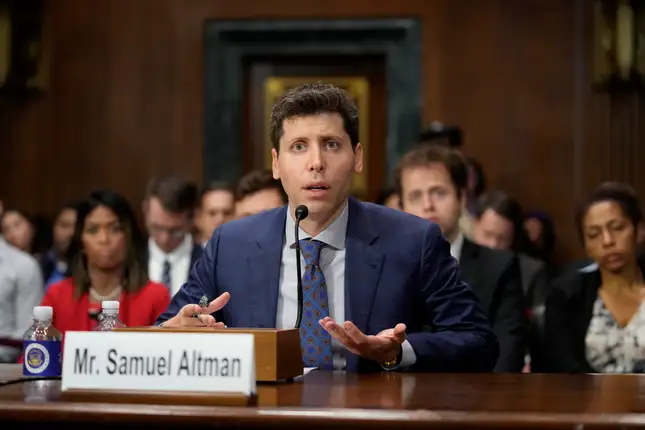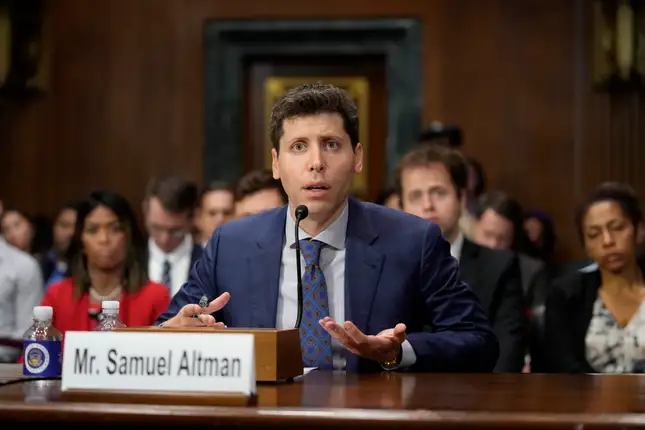Overview:
The apprehension regarding the potential misuse of AI in compromising election integrity has grown since the introduction of two products by the Microsoft-backed company. ChatGPT, capable of convincingly mimicking human writing, and DALL-E, equipped with technology for generating “deepfakes” or lifelike, fabricated images, have raised concerns about the susceptibility to election interference.

OpenAI, the artificial intelligence lab, addressed election-related concerns in a blog post on Monday. With elections anticipated for over a third of the global population this year, the lab sought to allay fears about the potential misuse of its technology.
The apprehension regarding the use of AI to interfere with election integrity has grown since the release of two products by the Microsoft-backed company. The first, ChatGPT, is capable of convincingly mimicking human writing. The second, DALL-E, comes equipped with technology for generating “deepfakes” or realistic-looking, fabricated images. These developments have sparked worries about the susceptibility of elections to AI-based manipulation.
Among those expressing concern is OpenAI’s CEO, Sam Altman, who testified before Congress in May about his unease regarding the potential impact of generative AI on election integrity. Altman specifically highlighted the risk of “one-on-one interactive disinformation.”
Addressing the upcoming presidential elections in the United States, OpenAI, based in San Francisco, emphasized its collaboration with the National Association of Secretaries of State. This organization is dedicated to advancing effective democratic processes, with a specific focus on elections. OpenAI’s engagement reflects its commitment to addressing and mitigating potential challenges associated with the use of AI in election contexts.
ChatGPT will direct users to CanIVote.org when asked certain election-related questions, it added.
OpenAI has outlined its commitment to transparency in AI-generated content, particularly with DALL-E. The company is actively working on enhancing visibility by implementing measures to clearly indicate when images are AI-generated using DALL-E. One proposed solution is the introduction of a “cr” icon on images, following the protocol established by the Coalition for Content Provenance and Authenticity.
Moreover, OpenAI is investing efforts in developing methods to identify DALL-E-generated content even after images have been modified. This underscores the company’s dedication to providing users and consumers with tools to distinguish and authenticate AI-generated content.
In their blog post, OpenAI highlighted that they have rules in place to prevent their technology from being used in ways they consider potentially harmful. This includes things like making chatbots that pretend to be real people or trying to discourage people from voting. They also stated that DALL-E is not allowed to create images of real people, including political candidates.



